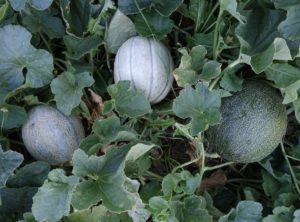Celery is typically grown for its crisp refreshing stalks, although sometimes grown for its root or seeds. Celery does best in warm climates; while it can be made to produce in cooler climates, with some extra planning.
Buy Celery Seeds Online
| Image | Name | Rating | Shop |
|---|---|---|---|
 | Celery (Tall Utah 52-70 Improved) | ||
 | Tall Utah Celery Seeds – 500 Seeds |
Celery Varieties
Celery comes in two main varieties: leaf celery or root celery. For the most part, leaf celery is easier to grow within a shorter growing season, while the root crop takes longer to mature. These two varieties are distinct from each other, meaning that a leaf variety will not produce a large root; and neither will the root variety produce as much quality, above-ground vegetation.
Growing Celery for Seeds
If you want to grow celery for its flavorful seeds, then a location that remains frost free is a must, because the celery plant is biennial and will need to “overwinter” for a year before it produces seed.
Celery Growing Conditions
The celery plant prefers a consistent, warm temperature of 75 degrees Fahrenheit (24 C) to grow, taking up to 125 days to reach full maturity. If such a stable long growing season is not prevalent in your area, then you do have options.
Growing Celery Indoors
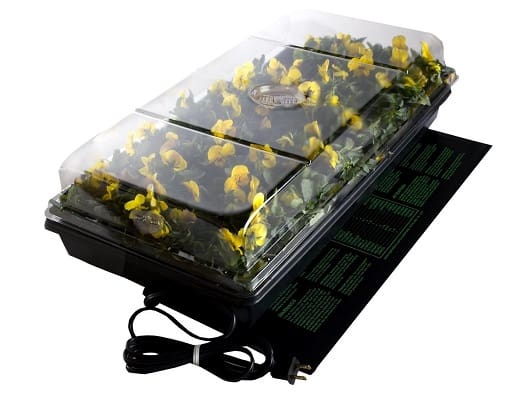
You can find varieties that have a shorter growth period, more in tune with your climate; or you can start the seeds indoors in heated trays (Buy Online) during the winter, up to 8 weeks before the last frost, giving the plants a head start on the growing season.
If you can provide some artificial light during the seedlings time indoors, then they should be better able to acclimatize themselves as soon as you get them into the garden, once it is ready. In the more extreme cases, where your growing season is just too variable or short, you can consider growing the crop indoors, within a hydroponic system, where celery plants should do very well with consistent moisture and temperature.
Planting Celery
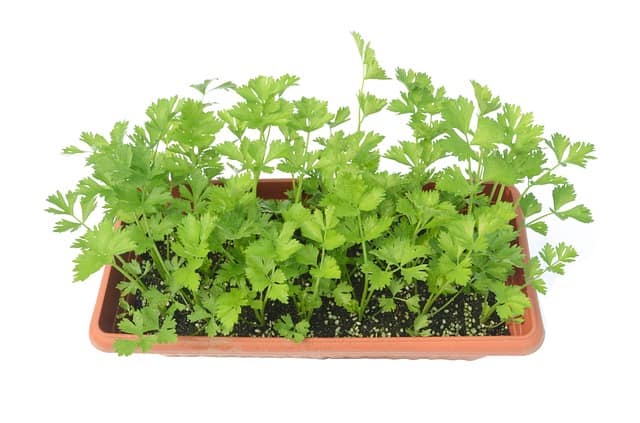
When selecting a location in your garden to put the celery plants, you should pick an area that is in full sun throughout the day. If you happen to live in a very hot and dry climate, a little shade could help the plants and should not affect the yield greatly.
Celery Soil Requirements
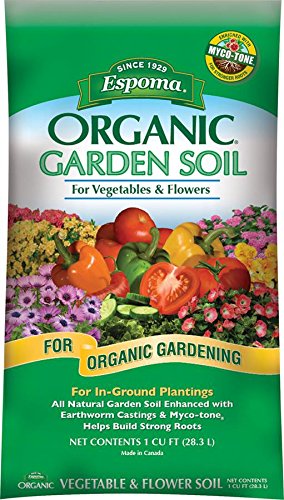
Celery requires soil that is very rich (Buy Soil Online Free Shipping) and moist throughout the growing season, and the celery plant can handle soils that are more water-logged than most plants. Since the celery plants’ native habitat is a wetland environment, you can make use of areas in your garden that might have gone unused due to poor drainage or a high water table; however, do not allow the plants to be flooded for any period of time.
When preparing the soil, be sure to till in some compost or other carbon-rich amendments. Since celery is grown mostly for its leaves and stalks, a fertilizer high in nitrogen should be added prior to planting, as this will help speed along the growth of the plants.
Celery Plant Spacing
Ten weeks after starting your seeds indoors or about one week before your last spring frost, you can set the plants outside, by spacing the plants at 12 inches (30.5 cm) apart in rows that are separated by 18 to 36 inches (45 to 91 cm).
If you plan on planting your celery plants in an intensive or raised bed, you can space the plants 9 inches (23 cm) apart, evenly spaced. After planting deeply, soak the whole area; and then, for the next week, water daily to minimize transplant shock.
Celery Plant Care
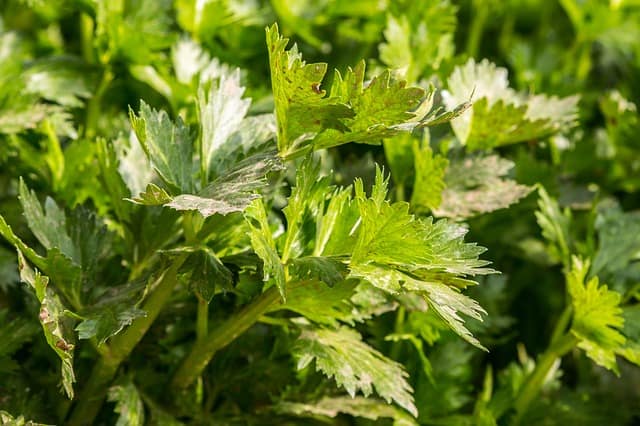
In order to keep the soil very moist, as much as the celery plant prefers, you should add a very thick layer of mulch to the planting area. This will help reduce the weed pressure; and keep your celery from becoming bitter and stringy, due to lack of water.
Celery Fertilizer Requirements
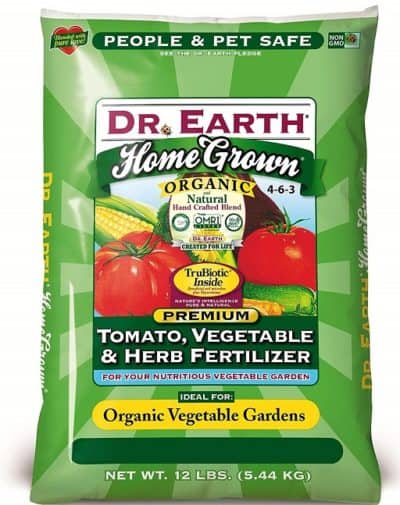
Celery needs a constant supply of nitrogen throughout the going season, so apply fertilizer (Buy Online) around the plants every two weeks, or you can add a dilute fertilizer every time you water. Celery will require at least 2 inches (5 cm) of water every week.
How Much Water Does Celery Need?
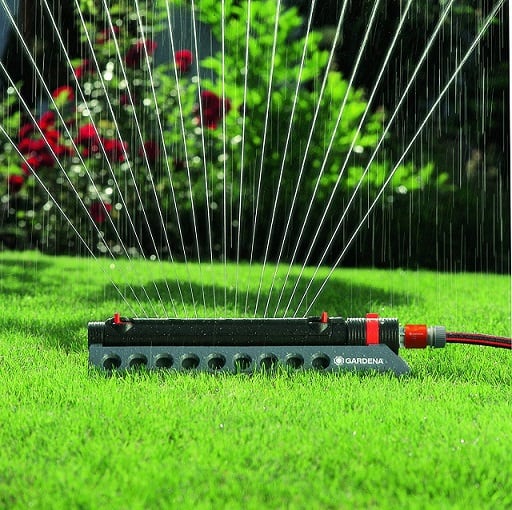
In most cases, celery can handle having its roots slightly water-logged, so you may be tempted to water in greater amounts less frequently; but you should avoid this practice, because the plant needs a steady supply of moisture and might dry out in between watering.
Blanching Celery in the Garden
As harvest time draws near, about ten days before you plan on cutting your stalks, you should blanch them in order to get a more tender harvest. While blanching is not necessary, it will make the stalks much more pleasurable to eat.
So if you choose to blanch your celery, the best way to do it is find an opaque material to wrap around the stalks for ten days, in order to block all light from the stalks. If you prefer, there are self-blanching varieties that provide all the same benefits without the work.
How to Harvest Celery
Come harvest time, begin by cutting the outermost stalks that have reached a height of 8 inches (20 cm) at first. Then, you can successively harvest the stalks by leaving the innermost stalks to mature while carefully removing the outer stalks every few days.
How to Store Celery
Celery does not keep well fresh and tends to wilt and lose its crunch, so you should plan to eat it soon after the harvest, or you can add it to soups and/or chop and dry it for later use in any of your recipes.





